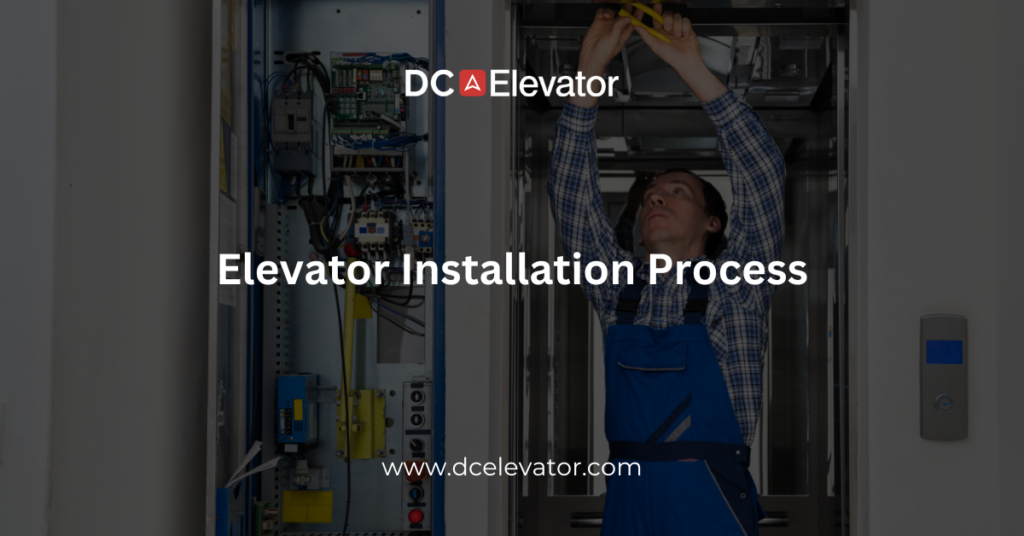Welcome to our comprehensive guide on the elevator installation process! Whether you’re a building owner, architect, contractor, or just someone interested in understanding the intricacies of installing elevators, this blog post will provide you with a detailed overview of each step involved in the elevator installation process.
Introduction to Elevator Installation
Elevator installation is a complex process that involves various stages, from pre-installation planning to the final safety inspections. Elevators are essential components of modern buildings, providing efficient vertical transportation and accessibility. The installation process requires careful coordination between architects, engineers, contractors, and elevator manufacturers to ensure a safe and functional result.
Pre-Installation Planning
Before any physical work begins, a thorough planning phase is crucial. This involves determining the type of elevator (hydraulic, traction, machine room-less, etc.) that best suits the building’s design and purpose. Factors such as the number of floors, intended capacity, and architectural constraints play a role in this decision-making process.
Site Preparation
Once the planning is complete, the site preparation phase begins. This involves clearing the area where the elevator will be installed, ensuring proper access for equipment and personnel. Construction teams may need to prepare the shaft or hoistway area and establish a base for the elevator’s machinery.
Structural Modifications
In some cases, existing buildings may require structural modifications to accommodate the elevator’s machinery and components. This can involve reinforcing walls, floors, and ceilings to support the added weight and stress of the elevator system.
Hoistway Construction
The hoistway, also known as the elevator shaft, is constructed to precise measurements to accommodate the elevator car and its movement. This includes installing guide rails, brackets, and support structures that guide the elevator car’s vertical motion.
Elevator Component Installation
During this phase, the actual elevator components are installed. This includes assembling the elevator car itself, attaching counterweights (if applicable), and installing the drive system, motor, and control panel. Safety features such as emergency brakes and interlocks are also integrated.
Electrical and Mechanical Integration
The electrical and mechanical systems are integrated to ensure the elevator operates smoothly. This involves connecting wiring, setting up the control systems, and aligning the motor with the drive system. Safety systems, such as door sensors and emergency buttons, are thoroughly tested during this stage.
Safety Inspections and Testing
Safety is paramount in elevator installation. Rigorous inspections and testing are conducted to ensure the elevator complies with all safety regulations. This includes load testing, emergency stop tests, and verification of electrical and mechanical systems.
Finalizing the Installation
Once the safety inspections are complete and any necessary adjustments are made, the elevator is ready for finalization. This includes cleaning the elevator car and surrounding area, applying finishing touches to the interior, and conducting a final inspection.
Maintenance Considerations
After installation, regular maintenance is essential to keep the elevator functioning optimally and safely. Elevator service providers offer maintenance contracts to ensure routine inspections, lubrication, and any necessary repairs are conducted.
The elevator installation process is a multi-faceted endeavor that requires careful planning, precise execution, and strict adherence to safety standards. From pre-installation considerations to the finalization of the project, each step contributes to the efficient and reliable vertical transportation that modern buildings rely on.
